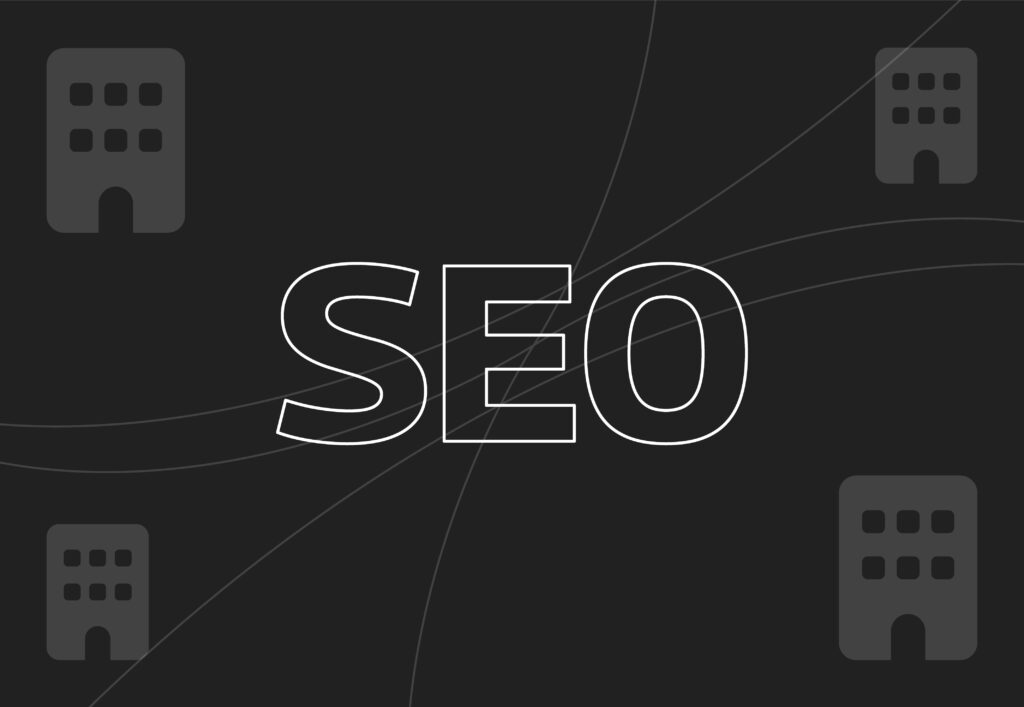
EdTech trends and stats for 2024

The improvements in educational technology and online learning during and after the covid pandemic have been vast, thanks in no small part to the need for homeschooling and online university lectures during the various lockdowns. Workplaces had to adapt to their staff members working from home, with many introducing e-learning courses as a way of continuing staff development.
At Embryo, we’re always keen to learn more about emerging trends and industries, to help our clients navigate their own fields and get ahead of their competitors. By understanding your EdTech business, we can design a digital marketing strategy to help you dominate your industry, whether that’s through SEO, Digital PR or Paid Search, or even a combination of channels. Get in touch with us to get the ball rolling.
Today, we discuss what educational technology is and uncover the latest stats and EdTech trends for 2024. Let’s dive in!
What is EdTech?
EdTech, or Educational Technology, uses both hardware and software to enhance the learning experience. It enables the user to learn online or using apps at their own pace, or use interactive technologies such as Virtual Reality to assist with education. It works alongside more traditional education like reading and writing.
EdTech Trends and Stats For 2024
Values and Investments in EdTech
- The global value of EdTech in 2023 was $121 billion, according to Global Newswire, with a projected value of $348 billion by 2031.
- E-learning, also known as electronic or online learning, is a hugely popular form of EdTech projected to reach a value of $491.35 billion by the year 2028 in a report by ResearchAndMarkets.com.
- Experts from MarketResearch.com predict that AI in education will see an investment uplift of $21 billion by 2028.
- In 2023, the estimated value of augmented reality in education reached $5.3 billion according to Exploding Topics.
- TechCrunch confirmed that global investments into EdTech came to more than $10 billion in 2020, compared with $500 million a decade earlier, and estimated an increase of $87 billion in investments up to 2030.
- The sector with the highest investment between 2014 and 2018 in the US was post-secondary education products, according to a study by EdSurge.
EdTech in Schools
- In K-12 education, meaning Kindergarten to Grade 12 in the US or Primary School through to College here in the UK (so compulsory education), the EdTech Top 40 reported that each US school district tried out an average of 2,591 EdTech tools over the school year. This means schools were not consistently using the same tools, but continually trying new ones throughout the year to find the best EdTech to suit their needs.
- The same study showed that each student and educator accessed, on average, 42 different EdTech tools throughout the school year 2022/23.
- The world will see around 800 million additional K-12 graduates and 350 million college or university graduates over the next 10 years, says Holoniq, meaning a huge scope for the trial and development of new EdTech tools based on the numbers above.
- According to the World Economic Forum, worldwide spend in the Education sector will hit $10 trillion by 2030.
- Online learning is now more a part of our daily lives than ever before thanks to the covid pandemic, but according to a study by Pew Research, 65% of teenagers prefer to have educator contact in-person as part of their studies.
- Since the pandemic, 98% of universities have moved their classes online, reports Upskill Wise.
- E-learning produces 85% less CO2 per student than traditional campus-based learning and uses up 90% less energy.
EdTech for Business
- The Organisation for Economic Co-operation and Development (OECD) predicts that technology will significantly change nearly 1 billion jobs across the globe within the next 10 years.
- Personalised learning is growing in popularity in 2024, with the latest Future of EdTech report naming it as one of ‘five ways education needs to change’. A recent report from McKinsey showed that fast growing companies drive 40% more revenue from personalisation when compared with slower growing companies, so this is a growing area to target within education and marketing in general.
- Stats reported by Skill Scouter show 40% of Fortune 500 companies have incorporated e-learning into their businesses.
- Papers Owl reported that e-learning courses can be achieved almost 60% faster than an in-person class.
- E-learning improves staff retention rates in businesses by between 25% and 60%, according to the Research Institute of America.
- EdTech is most popular among 25-34 year olds, with them making up 28.39% of all EdTech users. The same study claims 56.35% of EdTech users are male.
- Google searches for ‘extended reality’, also known as XR, which includes tech like virtual reality (VR) and augmented reality (AR), have increased by 200% over the last five years, according to an Exploding Topics report.
- According to a study by the American Heart Association, e-learning is said to increase employee productivity by anything up to 25%.
- A study from Thinkific found that 49% of people would be happy to read content created by AI but they prefer when content also has a human touch.
- In the same survey, 48% of respondents said they have or would pay for downloadable content, such as PDFs or eBooks, from a creator, which could be a great way to repurpose educational content to generate revenue for your EdTech business.
- And finally, the survey showed that 47% of 18-25 year olds use TikTok as their primary learning source, so social media channels like this, Instagram and YouTube could be one route to building an education-based audience.
Need Help Taking Your EdTech Company to the Next Level?
If you’re looking for help growing your EdTech business online, contact the team at Embryo today and our digital marketing experts will be happy to help create a bespoke strategy with your business in mind.



